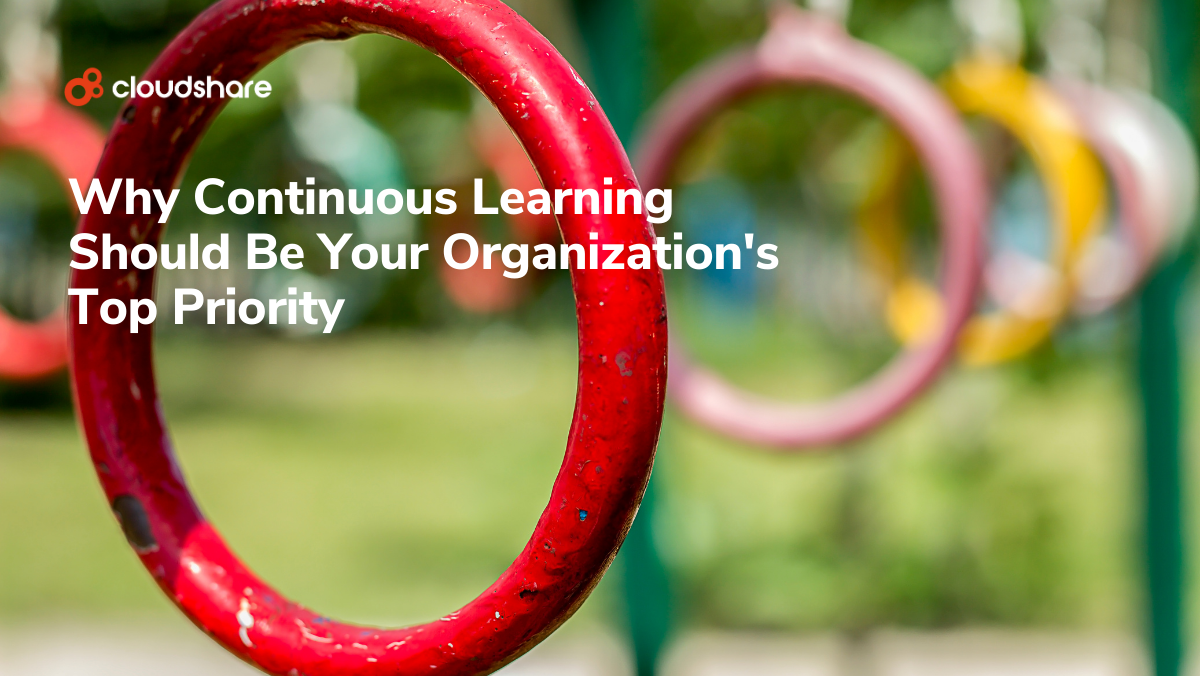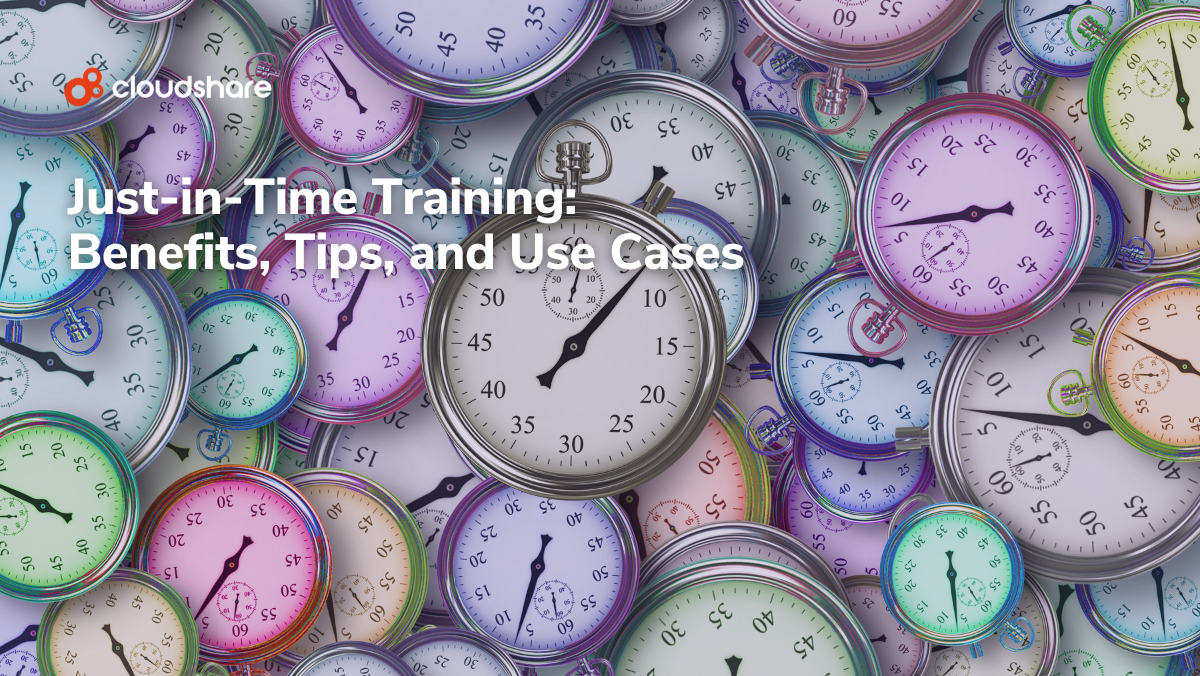Glossary
Formative Evaluation
What is Formative Evaluation?
Formative evaluation is a continuous process that identifies strengths, weaknesses, and areas for improvement in any training program. This method is valuable for training, instructional design, and learning experiences that are still being developed.
Ongoing feedback allows educators, trainers, and program developers to refine strategies and optimize outcomes, ensuring that learning objectives are met and challenges are addressed before they escalate.
Unlike summative evaluation, which measures effectiveness at the end, formative evaluation provides continuous feedback throughout the implementation process.
Common Formative Evaluation Methods
There are several formative evaluation methods that trainers and trainees are already accustomed to, including the following:
- Observations allow evaluators to analyze interactions, engagement, and overall performance in training settings.
- Surveys provide structured data from participants and offer qualitative insights into the training experience.
- Focus groups and interviews allow in-depth discussions about program strengths and weaknesses, which is a valuable way to gather feedback on new product features.
- Pilot testing enables a small-scale implementation to identify usability issues, material gaps, and content clarity.
- Feedback loops ensure continuous refinement by gathering insights at multiple stages, facilitating iterative improvements that enhance the learning experience.
You might not use each of these formative evaluation methods in internal or customer training. However, it’s still valuable to understand that formative evaluation is a far-reaching practice that’s applied in many ways across several industries.
Common Types of Formative Evaluation
Formative evaluation can be categorized based on its application or focus areas. Each type can help tailor strategies to meet specific goals and contexts.
Here’s a quick breakdown of a few common formative evaluation types and how they’re used in different contexts.
Needs Assessment
A needs assessment ensures the program or product is designed to address real-world needs and concerns. This type of evaluation is conducted at the beginning of a program to define learner needs, knowledge gaps, and overall objectives.
This type of evaluation might call for gathering data from stakeholders, analyzing existing training content, and ultimately defining focused learning goals to create a roadmap for program development.
Implementation Evaluation
An implementation evaluation focuses on how a program or instructional material is delivered with a focus on whether the execution accomplishes the program’s initial goals. The type of evaluation might assess instructor preparedness, tech infrastructure, and overall learner engagement levels.
Additionally, by identifying discrepancies between ‘as planned’ and ‘as implemented,’ training courses can be corrected as necessary to make more meaningful progress towards key goals.
Process Evaluation
Process evaluation focuses on the various components of a program, such as content delivery, engagement levels, and participant responses, to refine instructional methods and materials.
This type of evaluation considers elements like course structure, pacing, and interactive components to ensure they align with learning objectives and maximize effectiveness. For example, you may need a more robust virtual IT lab, or different media to create more engaging content.
Pilot Testing
This form of testing involves running a small-scale version of the program or course to gather early feedback before full-scale deployment. This time-honored approach allows evaluators to detect usability issues, instructional gaps, and overall effectiveness.
When done well, pilot testing provides an opportunity to test the way content is presented and offer focused support resources before broader implementation.
Continuous Feedback Mechanisms
Continuous feedback is crucial for training programs and other forms of product development. Incorporating real-time data collection methods such as quizzes, reflection journals, and peer reviews guides iterative improvements throughout the program.
This approach ensures that adjustments can be made promptly to enhance the educational experience by maintaining a constant flow of input from learners and instructors.
How to Design a Formative Evaluation Plan
Designing a formative evaluation plan requires structuring a process that continuously gathers and analyzes data to improve a program, instructional design, or training initiative.
Here are a few of the essential steps to designing a formative evaluation plan in order to develop a successful course or product.
1. Define the Purpose and Objectives
The first step in creating an evaluation plan is establishing clear objectives. What learning outcomes are you trying to achieve and how important are they in terms of business objectives?
Defining the purpose ensures that the evaluation remains focused and actionable. Stated objectives should align with overall program goals and be measurable so they can be improved based on evaluation results.
2. Identify Key Stakeholders
Formative evaluation involves multiple stakeholders, including instructors, learners, administrators, and subject matter experts.
Identifying who will participate in the evaluation process helps determine how feedback will be collected and utilized. Stakeholder involvement ensures that different perspectives are considered, making the evaluation more comprehensive.
3. Choose the Right Evaluation Methods
Deciding on the right evaluation methods is a critical step in developing an effective formative evaluation program. Which of the following is best suited for your needs?
- Observations
- Surveys and questionnaires
- Focus groups and interviews
- Pilot testing
- Embedded assessments
Finding the right mix of evaluation methods ensures your results are well-rounded and actionable. You’ll likely need to try several methods to find the right one or two for your use case.
4. Establish a Data Collection Timeline
Formative evaluation is an ongoing process, so setting a specific timeline for data collection is crucial. This can include:
- Pre-implementation assessments to understand initial learner needs
- Mid-course evaluations to make necessary adjustments
- Ongoing feedback mechanisms like discussion boards or weekly reflections
Frequent data collection allows for iterative improvements rather than waiting until the program ends. When it comes to product adoption, you should use the same metrics and time periods to compare growth over time.
5. Analyze and Interpret Findings
Once data is collected, it needs to be analyzed for trends, gaps, and other areas that need modification. Collect and analyze qualitative and quantitative data well to gain a well-rounded understanding of the results.
Are learners struggling with particular concepts? Is engagement declining at specific points? Is training driving measurable post-completion results? Questions such as these help identify patterns and prioritize necessary changes.
6. Implement Changes and Monitor Impact
A formative evaluation plan is only effective if the findings catalyze changes. The changes you make should be introduced in a structured manner, with follow-up assessments to measure their impact.
Once changes have been implemented, continuous monitoring ensures that adjustments lead to actual improvements rather than unintended consequences.
Leverage Formative Evaluation to Maximize Training Programs
Thanks to formative evaluation, organizations can ensure their training programs are engaging and effective and drive measurable results. Integrating formative evaluation into instructional design and program development helps continually refine programs to create highly effective training courses.



